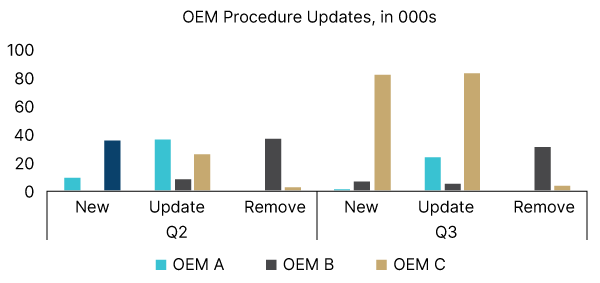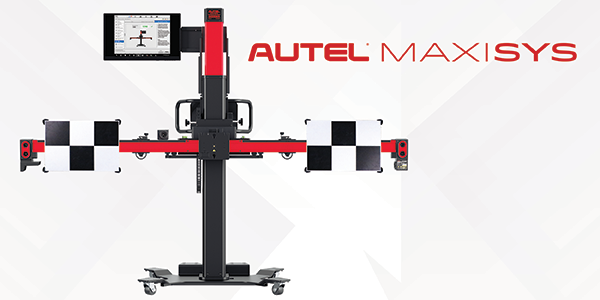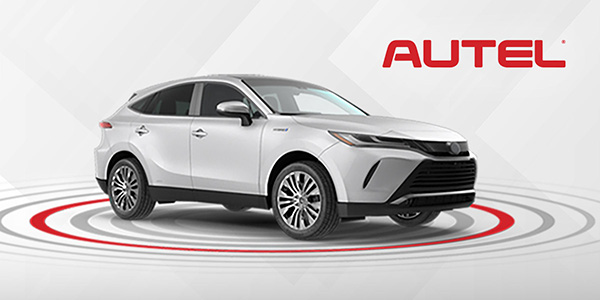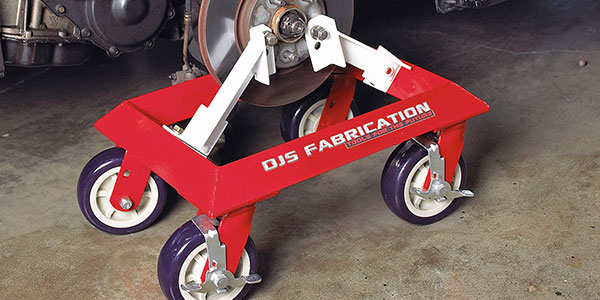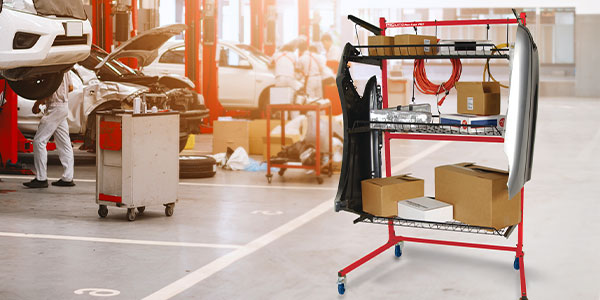Does the average person know what an OEM part is? Probably not. Do they know what an aftermarket part is? Guessing no on that one too. In this industry the terms OEM and aftermarket are common, and we hear them all the time. However, the person who just got into a collision – who is already overwhelmed with all that needs to be done after a collision – is likely hearing those two phrases for the first time. And probably is given little explanation as to what they are. At that moment, it becomes the industry’s responsibility to educate customers on what an OEM part is and why it is critical for the repair.
But where do you, as a body shop, begin? Here are a few pointers to get started.
Start with the basics
What is an OEM part? What is an aftermarket part? Just because we know the meaning of these doesn’t mean our customers do. Teaching your customers that an OEM part is specifically designed and engineered from the manufacturer for their vehicle is the first step in showcasing the value.
Explain the difference between OEM and Aftermarket
Your first interaction with the customer is a perfect place to share how the original equipment manufacturer had no oversight or involvement in the production of aftermarket parts. Often, aftermarket parts are reverse engineered, meaning they are copied from the original and reproduced by disassembling the OEM part and working backwards to figure out how it was created. According to Edmunds.com, “All aftermarket parts are not created equal — but OEM parts are.” The explanation leads to why aftermarket parts sometimes cost less, and why the quality of an aftermarket part likely will not match the OEM part. Additionally, according to the BodyShop Business 2019 Industry Profile, only 51% of certified aftermarket parts provide an acceptable fit.
Explain the past
Give your customers some background. Research and development play a huge role in the life of an OEM part. OEM parts are rigorously tested, and OEMs devote hundreds of hours performing thousands of tests to make sure their parts meet quality and durability standards. With safety being a focus for all OEMs, their vehicles are put through multiple crash tests to make sure their parts can protect the individuals within the car if there is a collision. Explain this to your customers so they understand OEM parts are designed to save their lives.
Explain the present
Customers need to know why using OEM parts is going to make their repair better now, and their life easier later. Using OEM parts will likely get the vehicle back to the owner faster. Since OEM parts are specifically designed for the vehicle according to the manufacturer’s specifications, there’s no guess work if it will be an acceptable fit. Installing OE parts will likely lead to fewer return trips to your shop to fix the original repair. The return rate on aftermarket parts can be as high as 26%, taking up valuable time (YOUR time) to return, get the correct part, and install. With OEM parts, the return rate is dramatically less — a mere 5%¹.
Explain the future
No one anticipates their car getting into a collision. But one of the biggest benefits of using OEM parts is they restore the vehicle as close to pre-collision condition as possible, helping ensure the vehicle can withstand another collision. It’s not only about the vehicle’s first repair; it’s about keeping the vehicle equally as safe every day after. OEMs have procedures in place on the proper way to install and use their OEM parts. Explain these guidelines to your customer so they understand how their vehicle needs to be restored to its pre-collision status. When the proper combination is used and your shop uses OEM parts and follows OEM procedures, there is a very high likelihood the repaired vehicle will be structurally safe and sound.
Great reasons to use OEM parts
You likely know all the great reasons to use OEM parts, so make sure to share these reasons with your customers:
- Gain peace of mind knowing OEM parts are thoroughly tested for quality and durability
- Save time and reduce stress using OEM parts because they are designed to the manufacturer’s specifications for THEIR specific car, no guessing required
- Significantly reduce the likelihood of coming back to the shop to fix the original repair by using OEM parts
How to easily get OEM parts
Parts procurement systems like CollisionLink Shop are great tools to help you purchase OEM parts, often at a discount through OEM incentives. CollisionLink Shop makes it possible for shops like yours to increase parts order accuracy, improve cycle time and protect profits on both parts and labor. With access to thousands of high-volume collision parts that qualify for discounts from OEMs, CollisionLink Shop is the #1 preferred shop parts procurement solution.
CollisionLink Shop is free to body shops as a courtesy by subscribing dealerships. Visit CollisionLinkShop.com to get started today.
This article was brought to you by CollisionLink Shop.
¹BodyShop Business, 2018.



